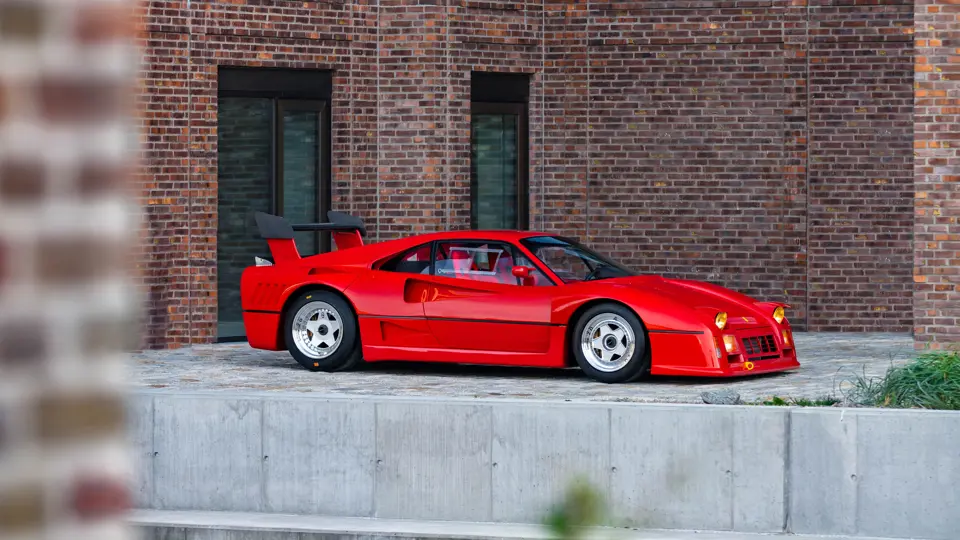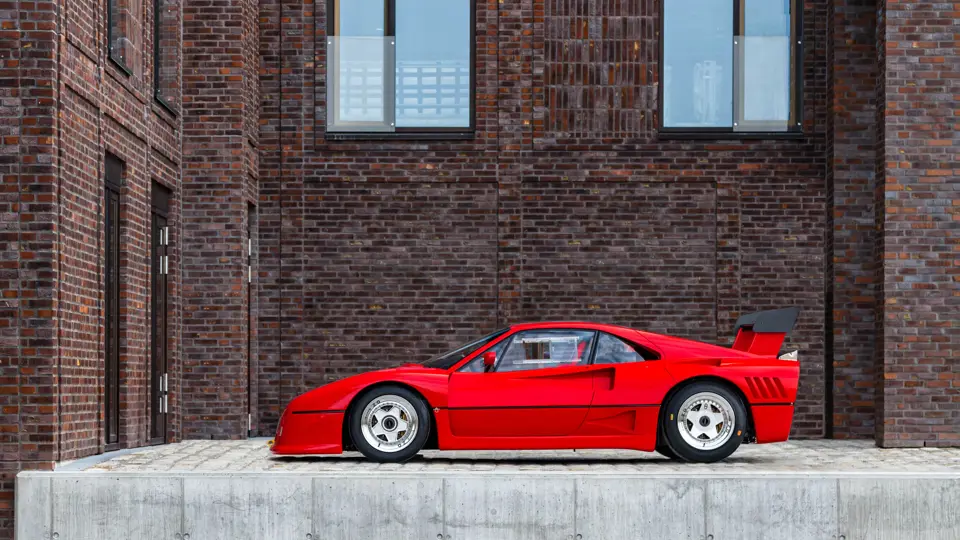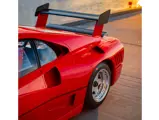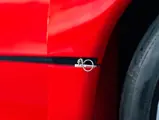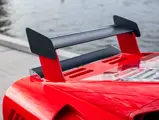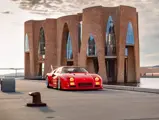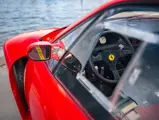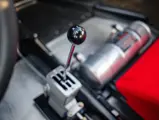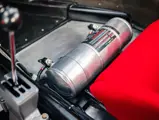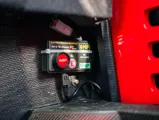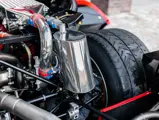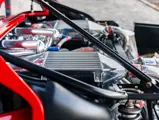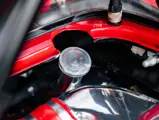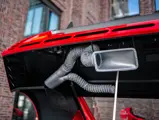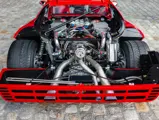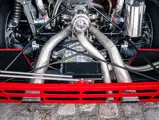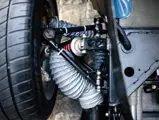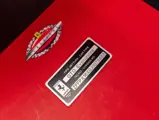
1987 Ferrari 288 GTO Evoluzione
{{lr.item.text}}
{{bidding.lot.reserveStatusFormatted}}
- The ultimate performance version of Ferrari’s original supercar and the last GT racing car to receive direct input from Enzo Ferrari
- The fastest GT car built by Ferrari in the 1980s with 650 hp and capable of a top speed near 230 mph (370 km/h)
- One of only five surviving examples built by Ferrari; one of only three outside of the Ferrari factory or state-owned collections, one of the rarest Ferraris ever produced
- Delivered new to the famous Belgian racing driver Jean “Beurlys” Blaton
- Ferrari Classiche Certified; retains its fully matching original engine and gearbox
- Recent full service and refurbishment by Michelotto, totaling over €133,000
- Ready to be used and enjoyed by its next owner
Please note that if this lot is sold to Switzerland, Swiss taxes will be applicable to this lot. If sold and subsequently exported out of Switzerland and imported into the EU, this lot will be eligible for the reduced tax rate in the relevant EU jurisdiction as it is over 30 years old. For buyers from the United States or other countries worldwide, local import taxes will apply. Please contact an RM Sotheby’s specialist with any further questions.
Bridging the gap between Ferraris 288 GTO and the F40, the 288 GTO Evoluzione is a seldom seen and highly significant part of Ferrari’s history.
In the mid-1980s, Group B in particular was taking the world by storm, even competing with Formula 1 in terms of global popularity. Numerous manufacturers took part in the World Rally Championship including Audi, Lancia, and Peugeot, with Ferrari keen to enter the fray, but Group B sports car racing continued to be dominated by BMW’s M1. Following input and authorization from Enzo Ferrari, an application was submitted by Ferrari SpA via the Automobile Club Italia for Group B homologation of the 288 GTO. The criteria for acceptance was that the manufacturer was required to produce a minimum of 200 variants of the subject vehicle. On June 1, 1985, having cranked the Factory assembly lines at full speed to complete the required amount of road production cars, the FIA formally approved Ferrari’s application. As an annex to the model homologation, the FIA allowed manufacturers to build a minimum number of 20 Evolution models (per year if required) and this primarily allowed for additional scope and improvement in respect of aerodynamic and engine displacement enhancements. Construction was already under way on several of the competition versions that were quite some departure from the ‘standard’ 288 GTO. Predictably named the Ferrari 288 GTO Evoluzione, sadly their development was never fated to see Group B competition as the entire formula was annulled from top line motorsport in 1986 following a sequence of unfortunate accidents during that season. By early 1987 only five of these ultimate competition versions of the iconic supercar had been built and further production ceased.
Taking the concept one step further, the 288 GTO Evoluzione became even more race-focused with the help of Michelotto, and the 288 GTO Evoluzione was reputably intended to be used for tarmac events within Group B in the hands of privateers. It’s fair to say it may have been several steps too far for rallying however an on-track showdown against the magnificent Porsche 961 at Le Mans was sadly not to be. Pininfarina reworked the cars bodywork using Kevlar and fiberglass to reduce weight as much as possible, and the car’s rear wing was made of carbon fibre. Fitted with larger turbos and further refined engine tuning, the car’s Tipo F114 CK engine produced a monstrous 650 bhp, an increase of over 60% from the road car’s 400 bhp. Tipping the scales at just 940 kg, performance was truly astounding with top straight-line speed published to be 229.9 mph. The 288 GTO Evoluzione has a power to weight ratio of 1.61 Kg which would out perform any rival in this period. While this incredible car never saw competition, the 288 GTO Evoluzione proved pivotal as a test bed for developing the F40, Ferrari’s next in line, and arguably most visually iconic, in their supercar series. Place the two side by side and the resemblance is instantly apparent and is more than just skin deep.
Chassis number 79888 is the fourth of five remaining 288 GTO Evoluzione’s built. Production on the car took place in Maranello with assistance from Michelotto in Padova, and the car was officially completed in 1988. In December of 1988 the car was sold through Jacques Swaters’ legendary Garage Francorchamps of Belgium to the renowned Belgian racing driver and businessman Jean Blaton.
By day a wealthy Belgian industrialist who often raced under the pseudonym “Beurlys”, Blaton quickly stuck up a friendship with Jacques Swaters and drove with the Belgian national team Ecurie Francorchamps through the 1950s, 60s and 70s. He raced at the 24 Hours of Le Mans a whopping fifteen different times, eleven of which were behind the wheel of a Ferrari. He finished on the podium in nearly every outing and raced a magnificent array of Ferraris from that era, including a 250 Testa Rossa, 250 LM, 250 GTO, and a 330 P4. It only made sense that a 288 GTO Evoluzione found its way to one of Ferrari’s most favored privateer racers.
By 1992, chassis number 79888 had returned to the ownership of Garage Francorchamps and Jacques Swaters, and remained with him until 2006. At this time, the car was sold to a private collector in the UK. The following year the car was sold to the Quebec based billionaire Lawrence Stroll, a noted Ferrari collector who was at that time in the process of assembling one of the most significant Ferrari collections on the planet.
Remaining in Stroll’s collection for six years, the car was sold to Rick White of California in April of 2013. The following year, the car was sold to David SK Lee of Los Angeles before being acquired by David Raisbeck in late 2014, and the car titled for road use in his name in the state of Minnesota. In his ownership, the car was shown at the 2015 Cavallino Classic where it won a Platinum award and the Supercar Cup. The next year, the car was shown at the Ferrari Club of America Annual Meet in Columbus, Ohio, as well as at the special U.S. edition of the Finali Mondiali at Daytona. This special car passed to its current European custodian in 2019 where it has been carefully cared for since his acquisition.
Most recently, chassis number 79888 was sent to Michelotto in Padova for a variety of cosmetic and mechanical work, including a full service. Numerous perishable parts were replaced including the fuel lines, oil lines, brake fuel lines, and driveshaft boots. The suspension dampers and brake calipers were overhauled, along with the water pump and both turbos. New tyres were fitted and all four wheels were overhauled. The original gearbox was also overhauled so all internal seals and the clutch shaft could be replaced.
Cosmetically, the car was fully repainted in the original Rosso Corsa, and the dashboard covers, seat covers, seat belts, door windows, and rear-view mirror glass was all replaced. In the engine bay, the intake system and heat exchanger were polished, whilst the cylinder head covers were repainted. All work carried out on the car by Michelotto totaled to over €133,000, leaving the car in excellent mechanical condition both inside and out. This work was begun with an open checkbook in mind and no stone to be left unturned and the car proved to be in outstanding overall condition to begin with, attesting to the car’s quality and provenance. Today, the car is fully prepared to be used and enjoyed should its next owner seek to enjoy the thrills of one of Ferrari’s rarest and most exciting cars on the track.
A fascinating case of the final Enzo Ferrari-directed GT race car and the first racing version in Ferrari’s legendary supercar series, the 288 GTO Evoluzione remains today as one of the rarest and most sought-after competition Ferraris ever built. Seldom seen in public and with many hidden away in long term collections, the opportunity to acquire one is even rarer than getting the chance to see one at a concours event or in a museum. Undoubtedly the most radical Ferrari of the 1980s, the opportunity to acquire this sensational car is a must for any supercar or race car focused Ferrari collection.




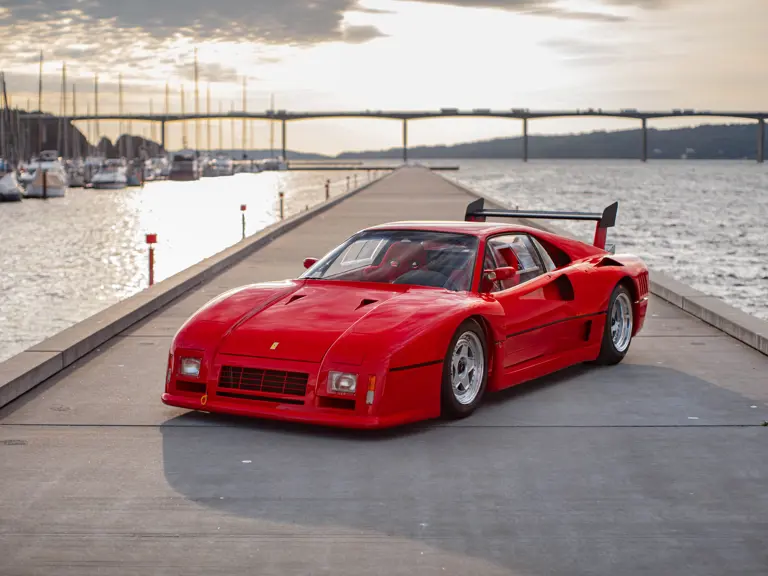


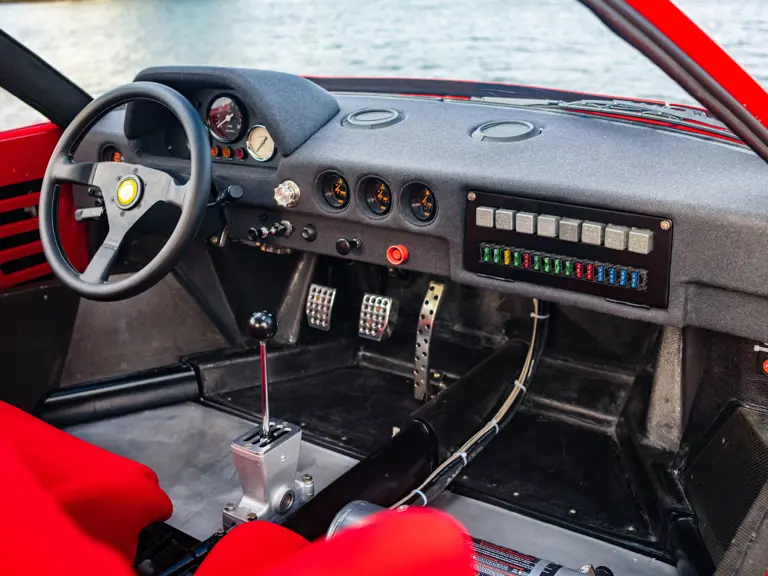






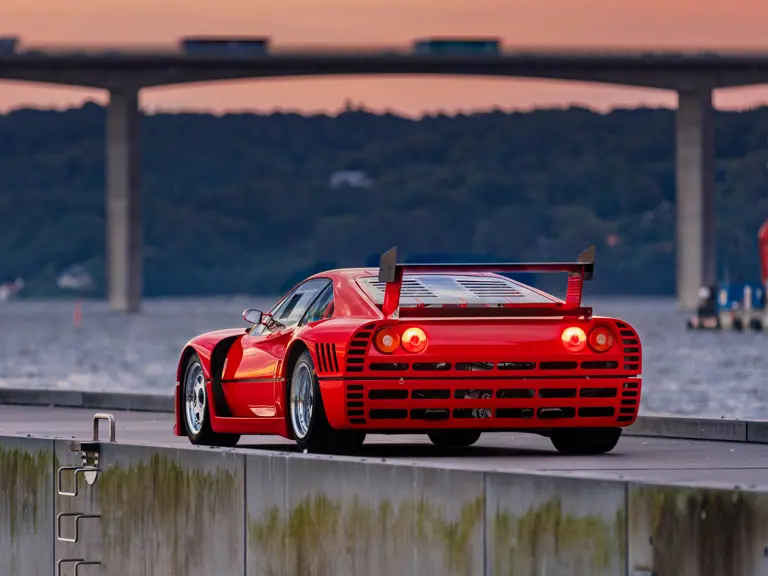
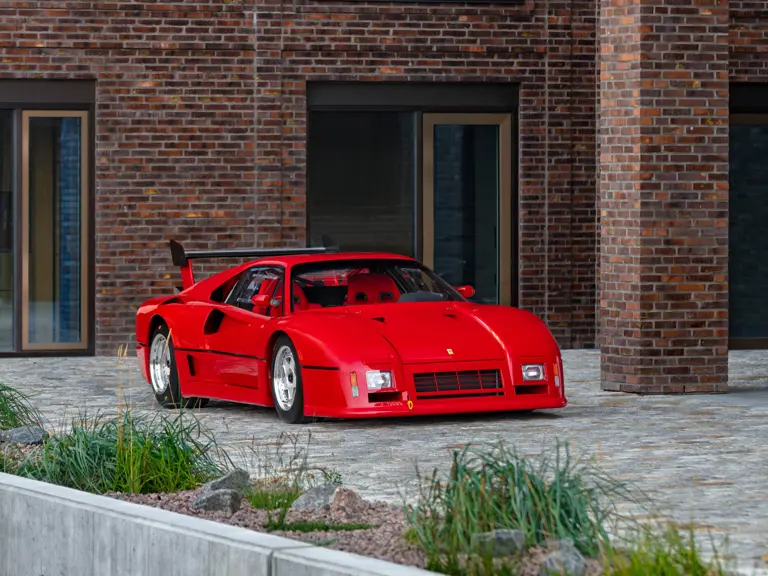





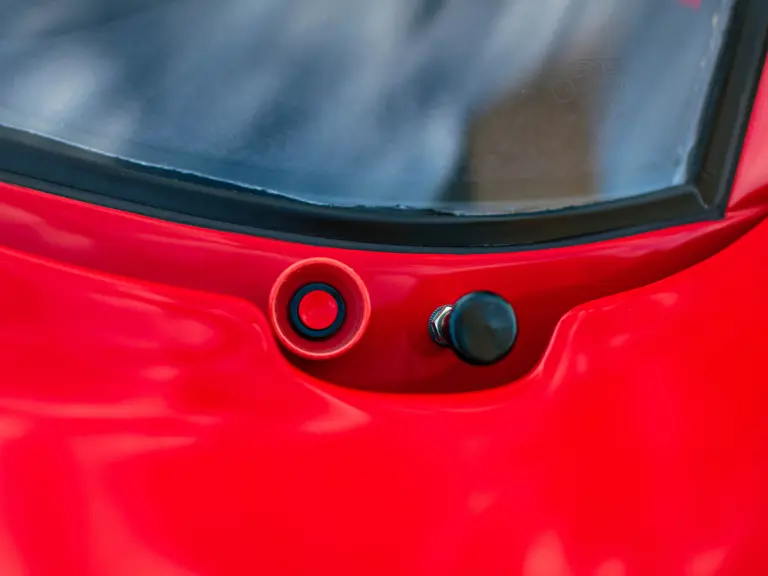





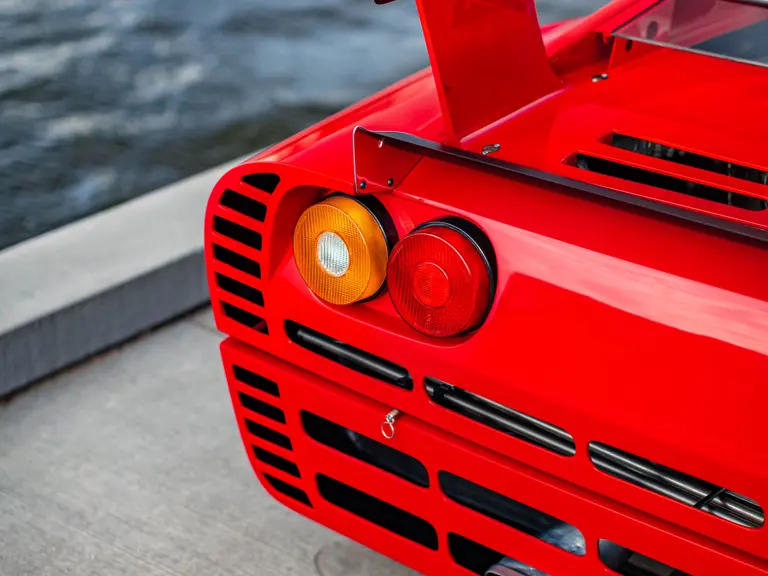
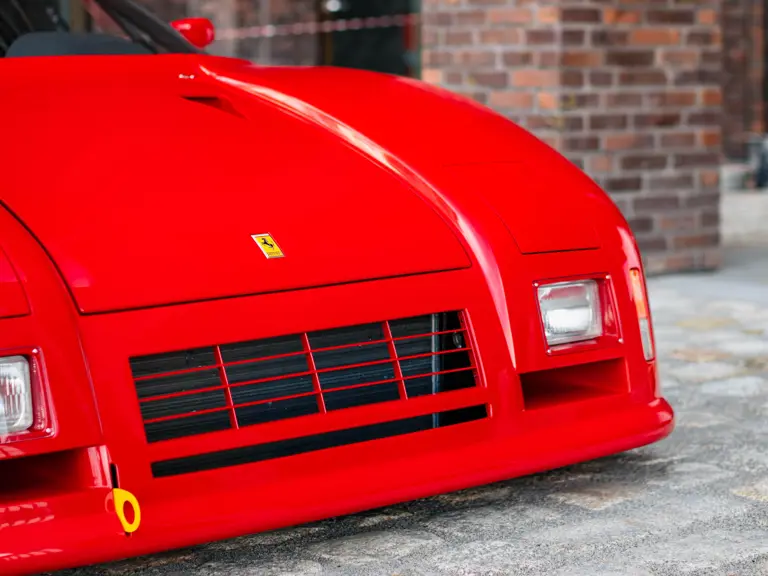


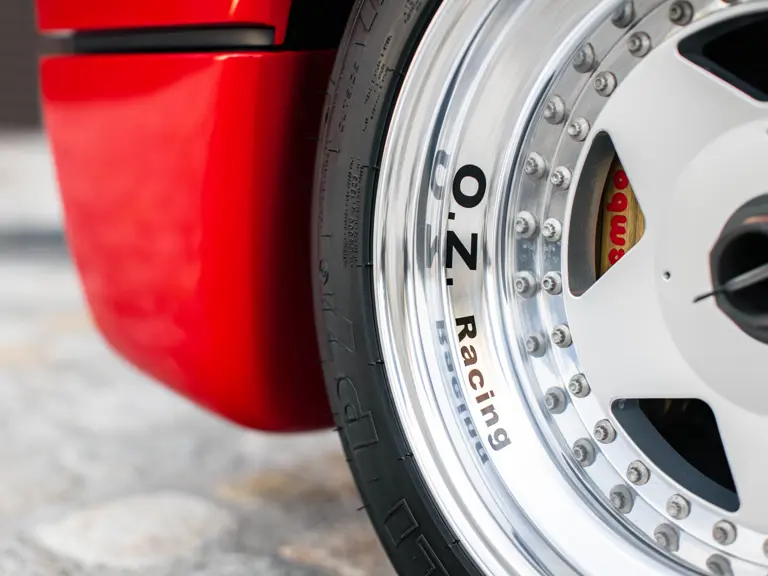










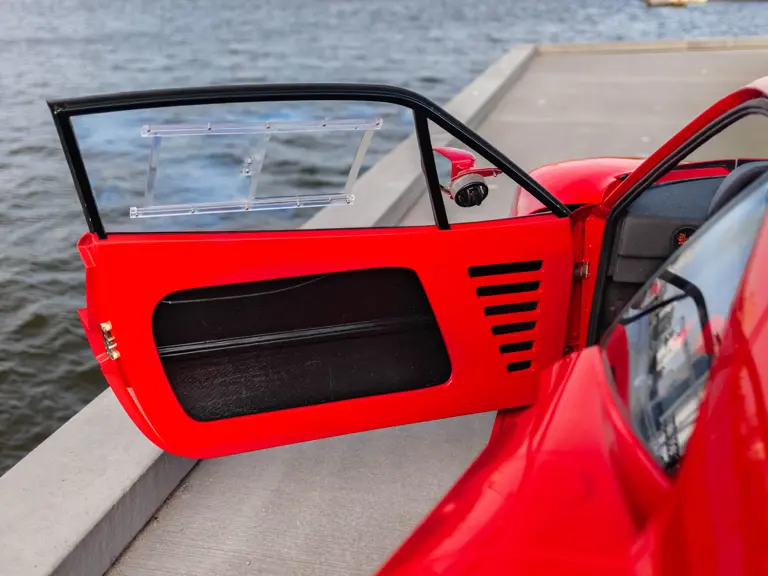
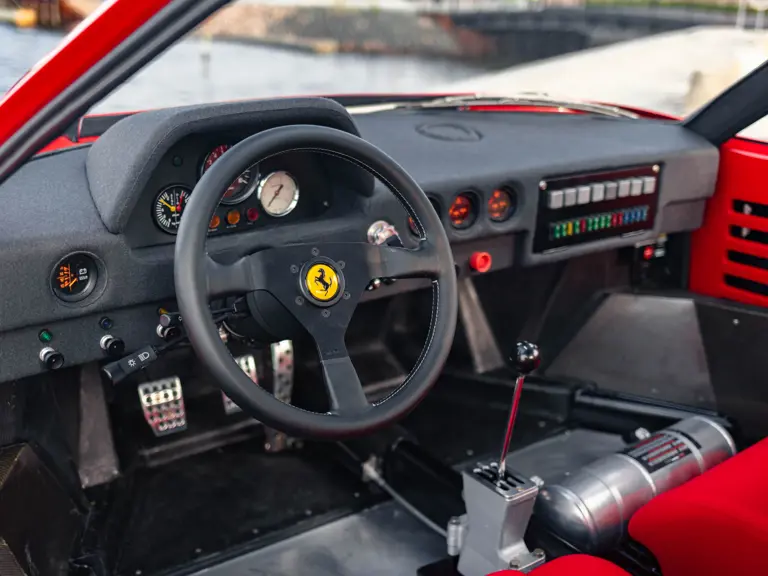





















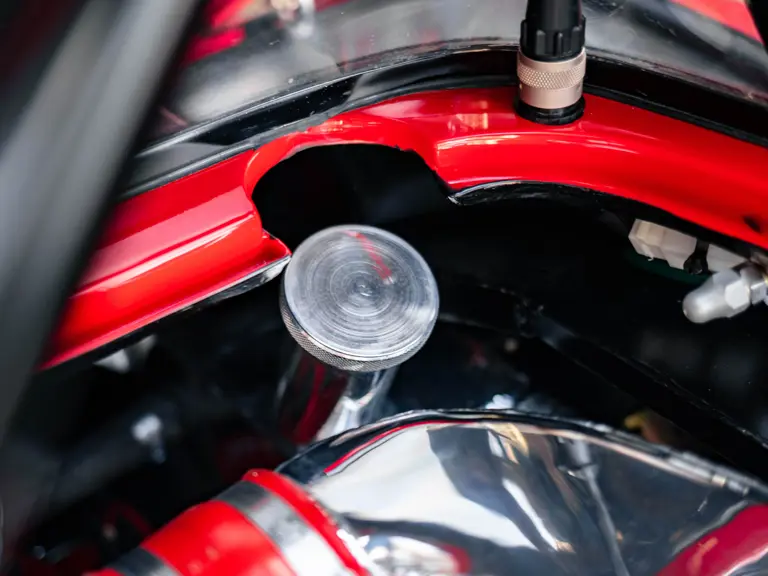









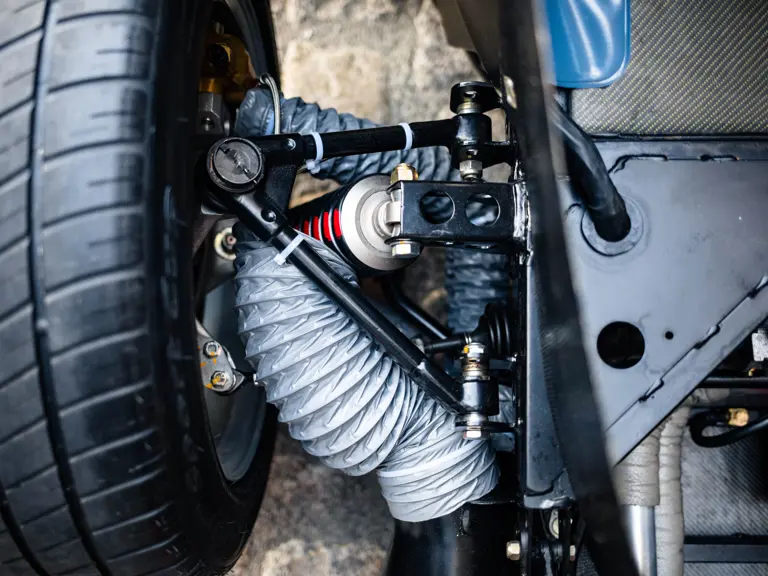

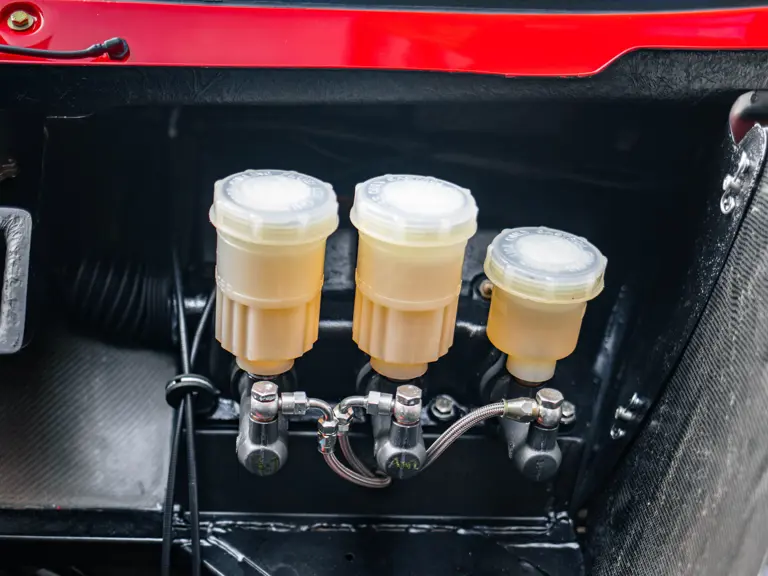
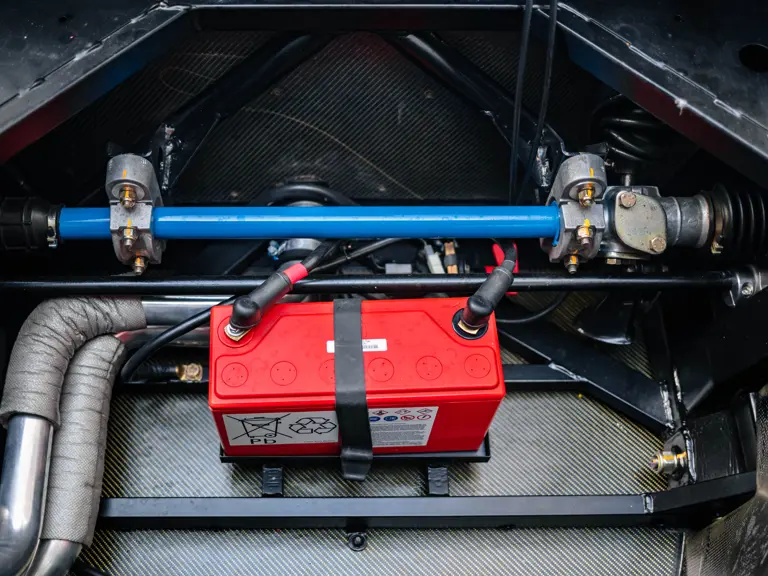




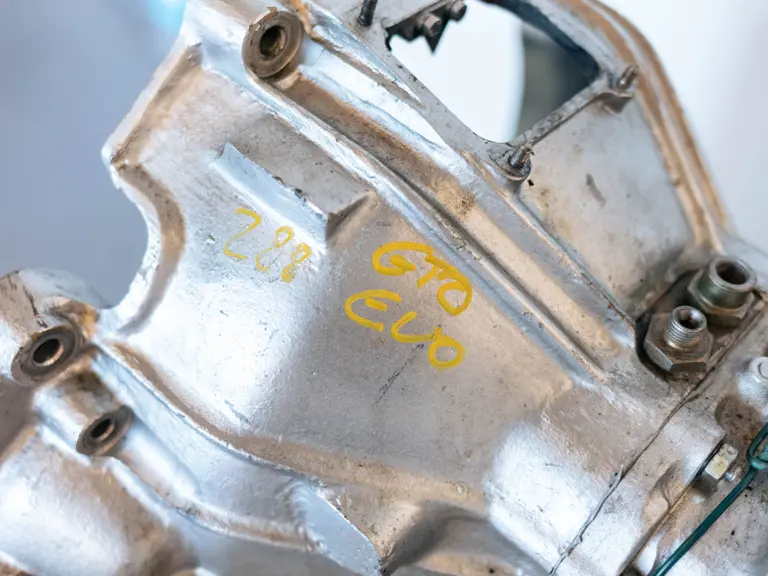





 | Lugano, Switzerland
| Lugano, Switzerland
